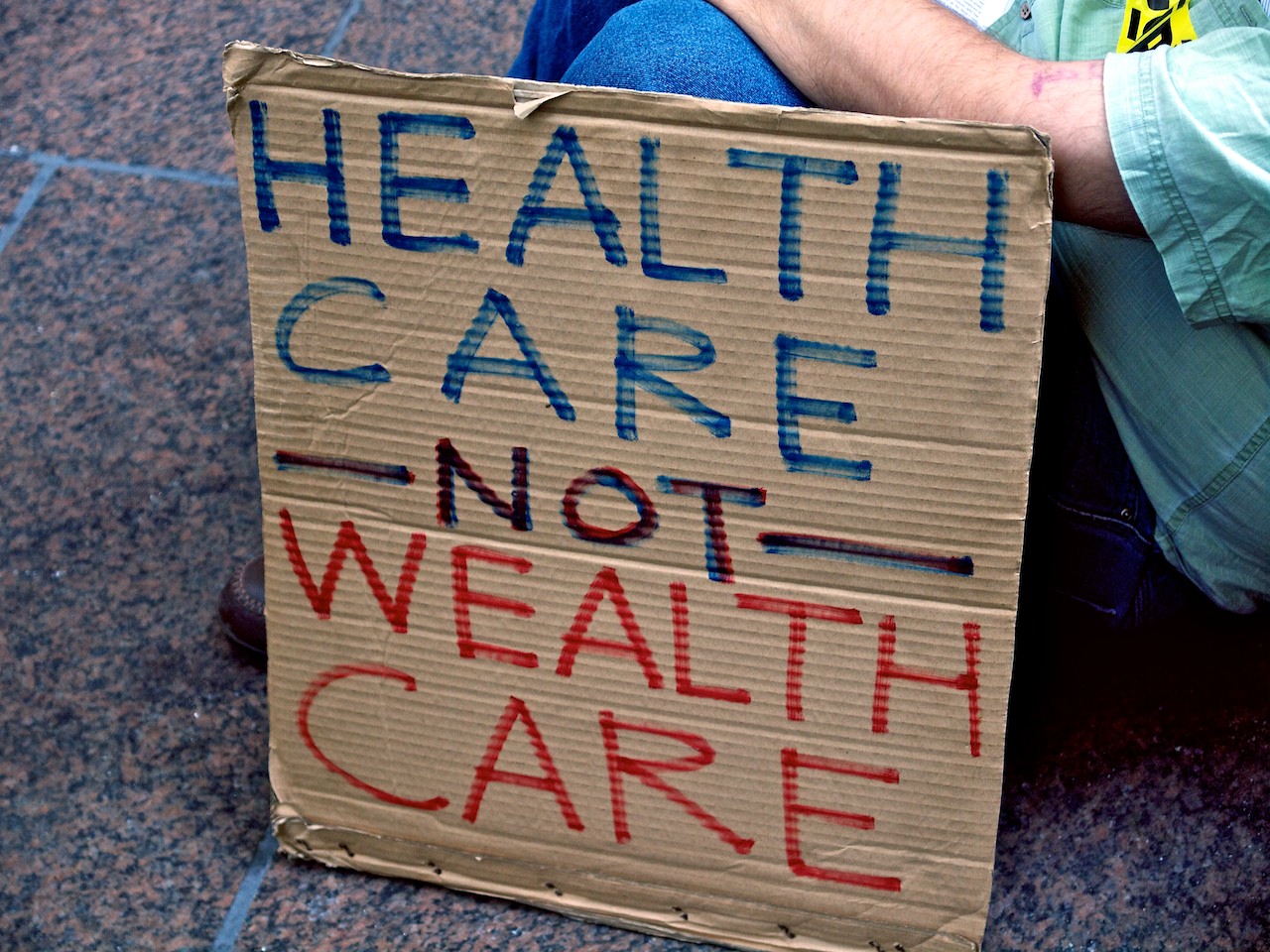Health insurance Medicare and private asks you to analyse the advantages and disadvantages of Medicare and private health insurance, eg costs, choice, ancillary benefits
The provision of Medicare in Australia has improved Australia’s health and reduced inequities in health throughout the country. Medicare was introduced in 1984, and provides health cover for all Australians. Medicare covers the costs incurred by a patient in hospital and a large portion of the cost for primary health care.
Medicare is funded through the tax system and the Medicare levy. The current Medicare levy is 2% of a person’s taxable income paid by every taxpayer. In addition to the Medicare levy, there is a Medicare levy surcharge for people whose taxable income is over $90, 000 as a single or $180, 000 for a family, which can add an extra 1-1.5% on top of the 2% levy.
Medicare covers free hospital care and free or subsidised treatment by GPs, specialists, optometrists, and in special circumstances dentists and allied health professionals. Under Medicare the patient has little choice of care provider. Patients can choose their GP, or specialist, but if using hospital care, they have no choice other than the hospital they go to.
Medicare does not cover most ancillary care providers, other than the allied health and dental care provided through the Allied Health Initiative, which allows some rebate to be claimed for people who are chronically ill. Allied health providers include: physiotherapist, osteopath, chiropractor, exercise physiologist, occupational therapist, and psychologists.
Private health insurance brings with it the benefits of not paying the Medicare levy surcharge and often has the private health insurance rebate (government contribution to your health insurance). This helps make private health insurance more affordable and provides an incentive to the higher income earners to take out private health insurance.
The government has further incentives for people to take out private health insurance through the lifetime health cover loading. This loading is 2% each year over the age of 31 where a person has not taken out private health insurance. In other words, if a person takes our private hospital insurance when they are 40 they will pay an extra 20% on top of the price they would have if they took out the cover before they turned 31. This person would also loose their rebate from the government resulting in higher private health insurance prices for people who wait to take out their private hospital cover.
These incentives aim to decrease government expenditure and increase personal contributions to health care. They benefit those of higher socioeconomic status, but also provide greater funds to be available to the socioeconomically disadvantaged.
Private health insurance provides the patient with a choice of specialist, GP, and care provider within the hospital system. It covers some of the costs for ancillary care, such as dentists and physiotherapy and has also begun to financially support preventative actions, such as joining a gym. Private health insurance will also allow for faster access to elective surgery, avoiding the waiting lists in the public system.
Private health insurance is designed to benefit the people with higher socioeconomic status. It is expensive to take out and provides those who can afford it greater health care than those who cannot. This becomes a social justice issue, as equity of access is vital in improving the health of all Australians.

